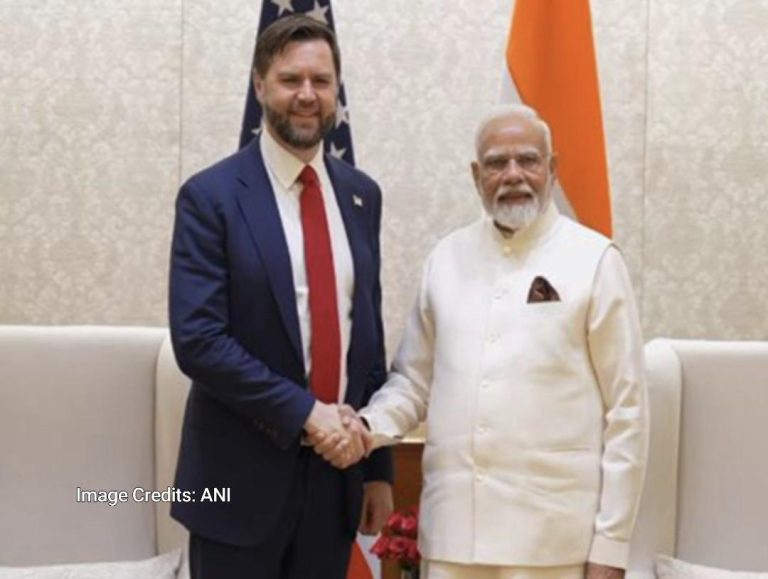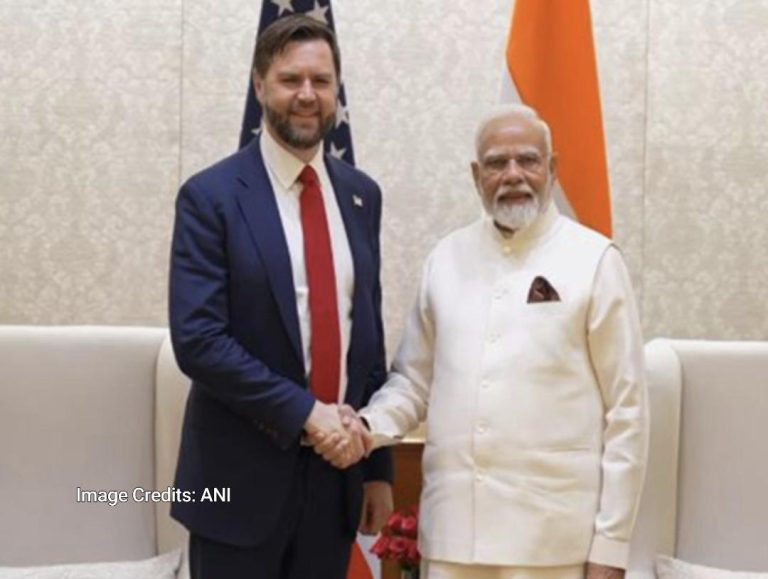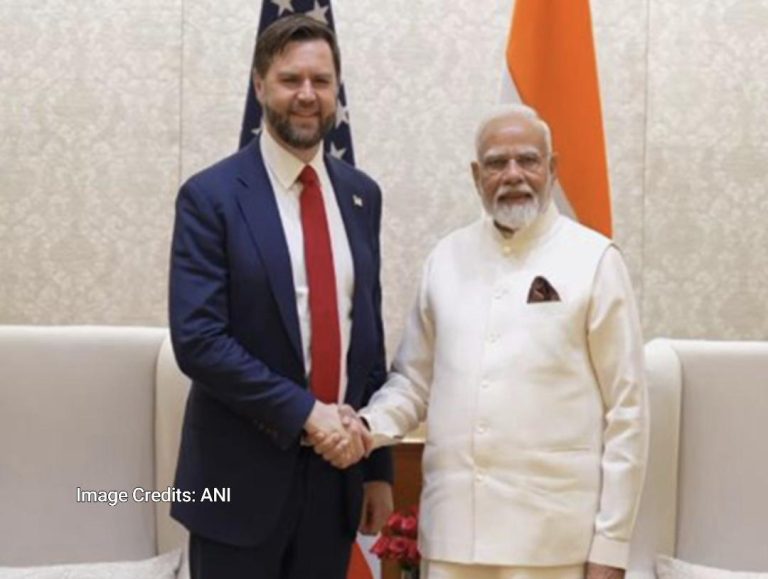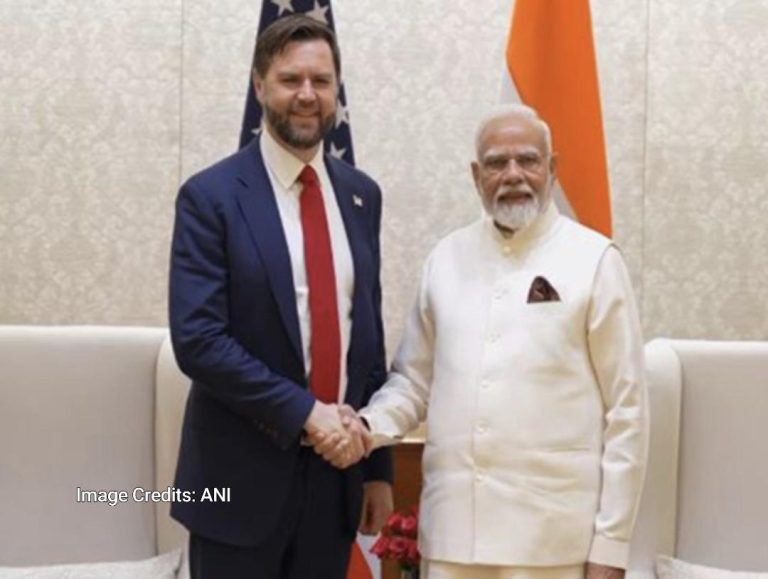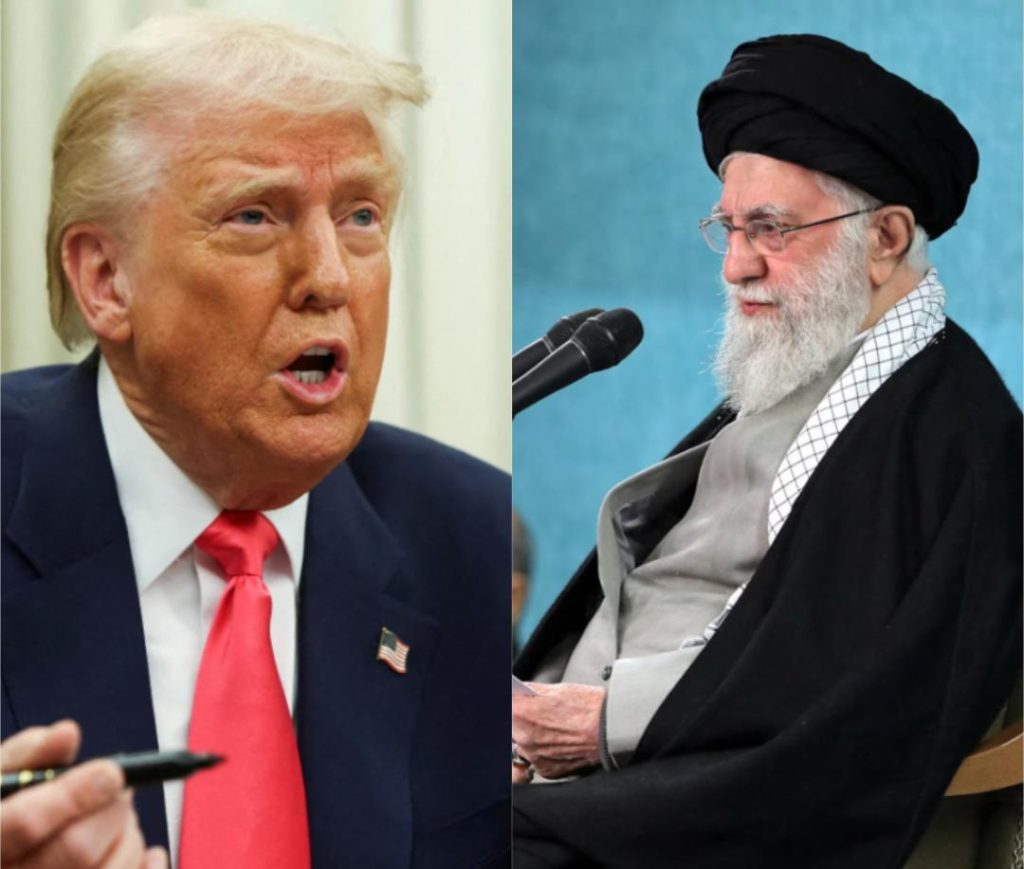
US & Iran begin nuclear talks days after Donald Trump threatened bombing
In a sudden turn of events, Iran and the United States have begun indirect talks in Oman, as confirmed by Iran. This development comes just days after US President Donald Trump threatened to bomb Iran if it didn’t agree to a deal on its nuclear programme.
The talks, which kicked off on April 12, 2025, are taking place under the shadow of regional conflict and heightened tensions between the two nations. Iran’s Foreign Minister, Abbas Araghchi, and Steve Witkoff, Trump’s Middle East envoy, are representing both sides.
According to reports, the two sides have been given separate rooms and will exchange messages via Oman’s Minister, ensuring a secure and indirect communication channel. This format allows for negotiations to proceed without direct face-to-face interactions, which is often preferred in high-stakes diplomatic talks.
The sudden shift in tone and willingness to engage in talks is a departure from the previous rhetoric, particularly from Trump, who has been vocal about his disapproval of Iran’s nuclear programme. Just days ago, Trump warned that Iran would be “obliterated” if it didn’t agree to a deal. His comments heightened tensions and sparked widespread concern about the possibility of military action.
However, it appears that the threat of bombing has not deterred Iran from engaging in talks. Iran’s leaders have long maintained that their nuclear programme is for peaceful purposes, and they have repeatedly denied any intentions to develop nuclear weapons.
The negotiations are focused on Iran’s nuclear programme, which has been a contentious issue for years. Iran has been under international pressure to curb its nuclear activities, and the US has been at the forefront of those efforts. In 2015, the US, along with other world powers, negotiated the Joint Comprehensive Plan of Action (JCPOA), also known as the Iran nuclear deal. However, in 2018, Trump unilaterally withdrew the US from the agreement, citing concerns about Iran’s ballistic missile programme and regional activities.
Since then, tensions have escalated, with the US imposing severe sanctions on Iran and Iran responding by increasing its nuclear activities. The situation has become increasingly volatile, with both sides engaging in a war of words and the threat of military action hanging over the Middle East.
The indirect talks in Oman are seen as a critical step towards de-escalating tensions and finding a solution to the nuclear issue. The talks are being facilitated by Oman, which has traditionally maintained good relations with both the US and Iran. Oman has a long history of playing a mediating role in regional conflicts and has hosted several rounds of talks between the two nations in the past.
While the talks are a positive development, many experts are cautious about the prospects for a successful outcome. The US and Iran have fundamentally different positions on the nuclear issue, and the talks will require significant concessions from both sides to achieve a deal.
Moreover, the talks are taking place against a backdrop of regional tensions, with the US and its allies engaged in a campaign of “maximum pressure” against Iran. The US has imposed severe sanctions on Iran, and its allies in the region have taken military action against Iranian-backed militias.
In addition, Iran’s regional allies, including Hezbollah in Lebanon and Hamas in the Gaza Strip, have been embroiled in conflicts with Israel, further complicating the situation.
Despite these challenges, the indirect talks in Oman offer a glimmer of hope for a resolution to the nuclear issue. If successful, a deal could help to reduce tensions and prevent a catastrophic conflict in the region.
As the talks progress, the world will be watching closely to see if the US and Iran can find a way to bridge their differences and achieve a mutually beneficial agreement. The stakes are high, and the consequences of failure could be severe.
